
Published: Last Updated:
Readtime: 5 min
Every product is carefully selected by our editors and experts. If you buy from a link, we may earn a commission. Learn more. For more information on how we test products, click here.
This week, Samsung announced its Galaxy S25 Edge, a long-rumoured skinny smartphone that essentially takes the Galaxy S25 offering launched earlier this year and squeezes it into a slimmer chassis. For the most part, it looks set to deliver the same premium and high-spec experience we’ve come to expect from the smartphone powerhouse’s flagships, but if you’re anything like me, you’re struggling to see the point.
As a somewhat faithful Samsung user, I make no secret that I will almost always take a Galaxy S device over an iPhone or a Pixel, but the tech giant’s latest release just leaves me puzzled. For what it’s worth, it unquestionably fulfils the brief that was surely laid down internally at Samsung, but I’d love to see the market research that suggested a skinnier version of an otherwise traditional smartphone design is what Samsung fans have been clamouring for. Perhaps I’m in the minority, but I do have thoughts.
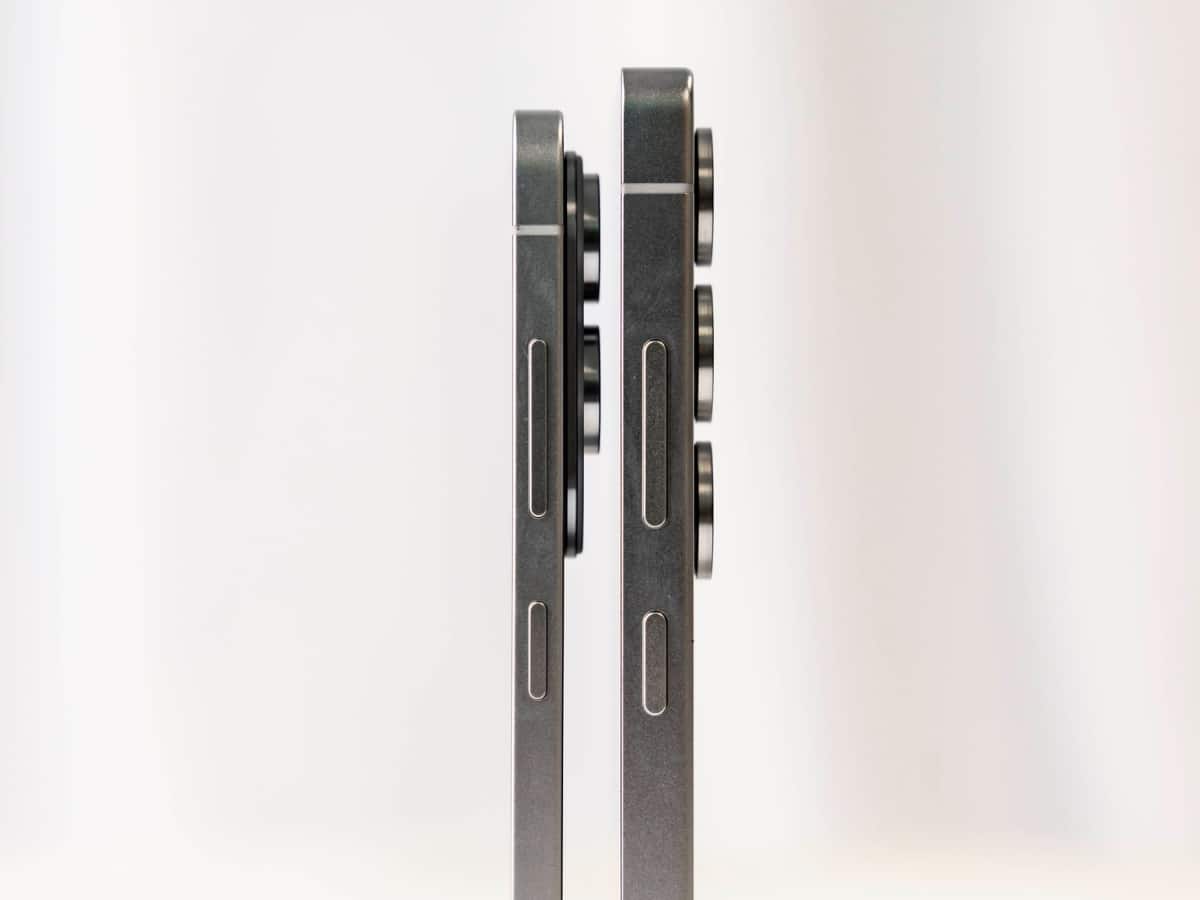
The Weight of It All
Measuring in at just 5.8 mm thick and 163 grams in weight, the Samsung Galaxy S25 Edge certainly is a portable piece of kit, but then I’ve never felt like my Galaxy S25 Ultra was burdensome in any way. At no point have I complained about how weighed down I feel or how slow my gait has become under the exorbitant load of its comparatively hefty 218 grams.
A more apt comparison can be made between the S25 Edge and the S25+. Both feature many of the same specs, including matching 6.7-inch displays, but the S25+ weighs in at 190 grams with a body measuring 7.3 mm thick. Does that additional 1.5 mm and 27 grams make a difference? In the hand, momentarily. Is it worth the compromise that’s sure to come with it? Probably not.
If, as Samsung claims, one purpose of this redesign is to appeal to those who enjoy showing off to their friends by sporting a phone with a more cutting-edge design—adopters of Samsung’s highly successful Flip range come to mind—well, we run into a problem. That’s because I challenge anyone to tell the difference between an S25+ and an S25 Edge from more than a metre away, particularly if you slip a protective case into the equation, adding extra thickness to the device.
Some might have more luck differentiating these devices via the redesigned camera module, but if that’s the giveaway when it comes to identifying your cutting-edge new device, then your upgrade might not be as substantive as you first thought.
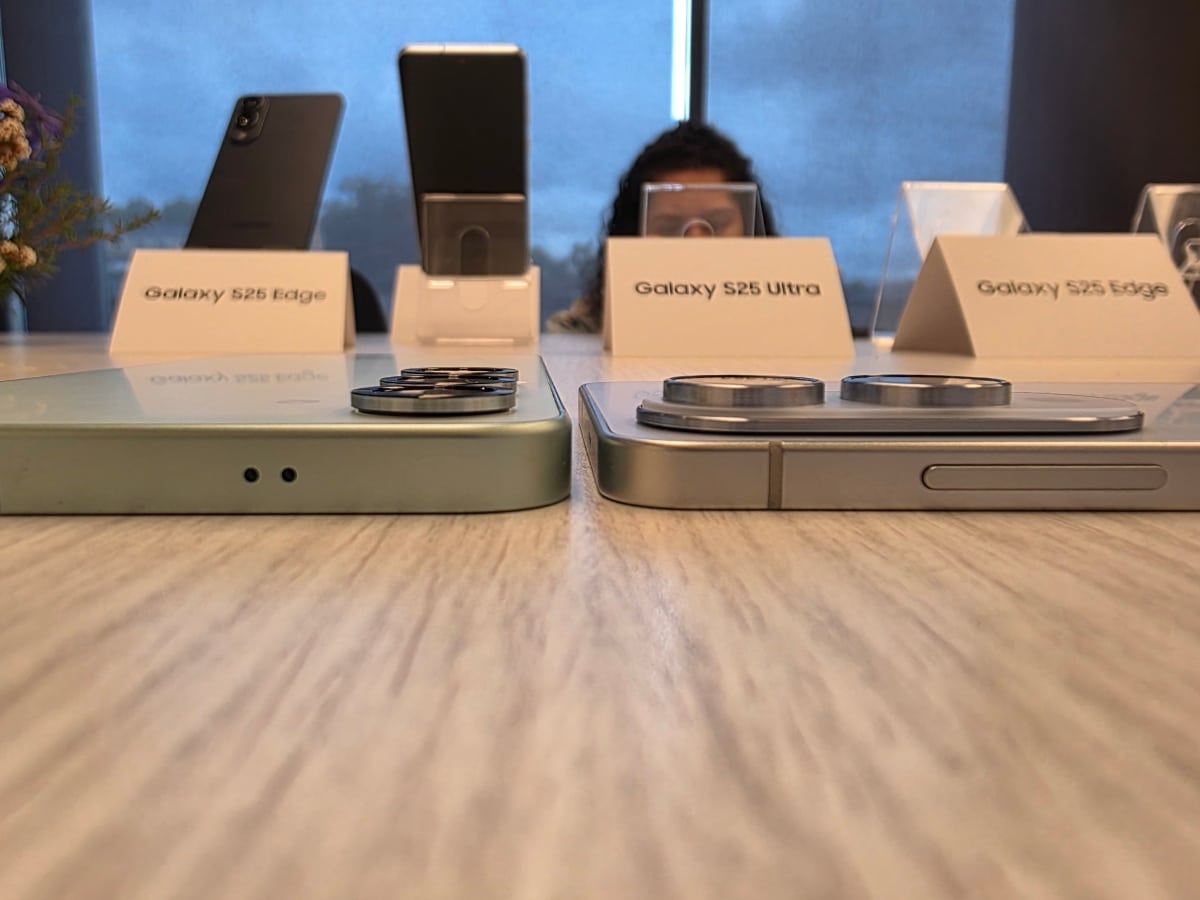
Shooting With a Long Lens
Speaking of the camera module, as far as I could observe while comparing them side by side (see above), the module on the S25 Edge actually sticks out ever so slightly further than that of the S25+, so the skinny phone is actually thicker at its thickest point than the regular one.
Further, while Samsung claims the mission was to deliver a skinny phone without compromising on features and performance, the brand will say it was looking for a balance between features and design in the same breath. In that context, balance is just a synonym for compromise.
An example of this compromise is the phone’s battery. While Samsung promises “all-day battery life” for the S25 Edge, this really depends on how you use your phone. And are you getting to the end of the day comfortably or by the skin of your phone’s teeth? Either way, the S25 Edge’s svelte frame means Samsung can only squeeze a battery of 3,900 mAh inside, compared with the Galaxy S25+’s 4,900 mAh. That’s a significant drop.
To be clear, I haven’t tested the S25 Edge. So, it’s possible some miracle of newly developed efficiency means the battery will still be kicking after 36 hours of consistent use, but the chances are—excuse the pun—slim.

Innovation vs Improvement
Perhaps I’m being harsh. The issue isn’t that I think the S25 Edge is a bad phone. Far from it. It just answers a question I find it hard to imagine anyone has asked. While undeniably slick in the way that Samsung’s flagship devices always are, the key point of difference here simply isn’t noticeable or compromise-free enough for me to see people choosing the S25 Edge over the S25+. It certainly isn’t radical enough in terms of design to win Flip devotees and their ilk back to traditional bar-shaped smartphones.
Having said that, one thing that might tempt potential S25+ buyers to select the Edge instead is a pre-order offer that will score them the 512 GB S25 Edge for AUD$1,849 — the regular price of the 256 GB model. That means that, for now, you can get the 512 GB S25 Edge model for $50 less than the AUD$1,899 asking price of the 512 GB S25+.
However, once this deal expires, customers will be forking out AUD$2,049 for Samsung’s new slim device, which means they’ll be paying $150 more for a battery that’s 1,000 mAh smaller. I’m willing to bet they’ll notice that difference in battery life long after the novelty of a form factor that’s 1.5 mm slimmer and 27 grams lighter has worn off.
The Samsung Galaxy S25 Edge is available for pre-order now in Titanium Silver, Titanium Icyblue, and Titanium Jetblack finishes.


















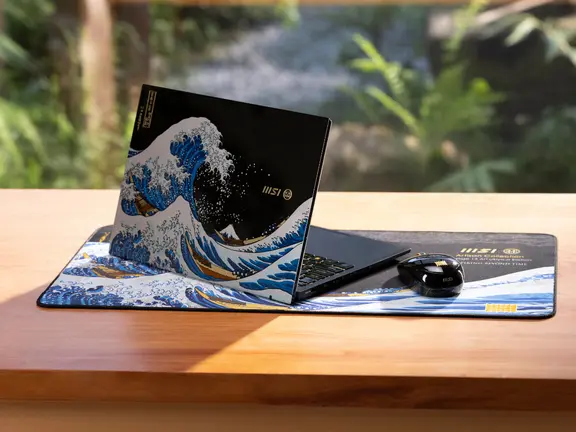




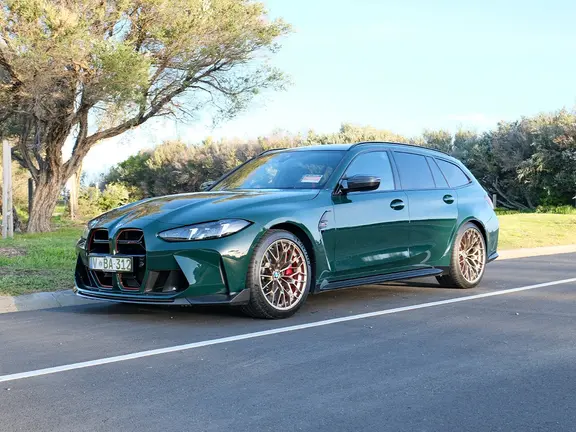
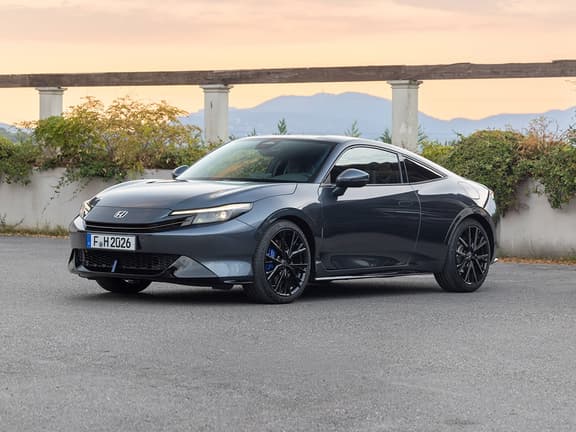


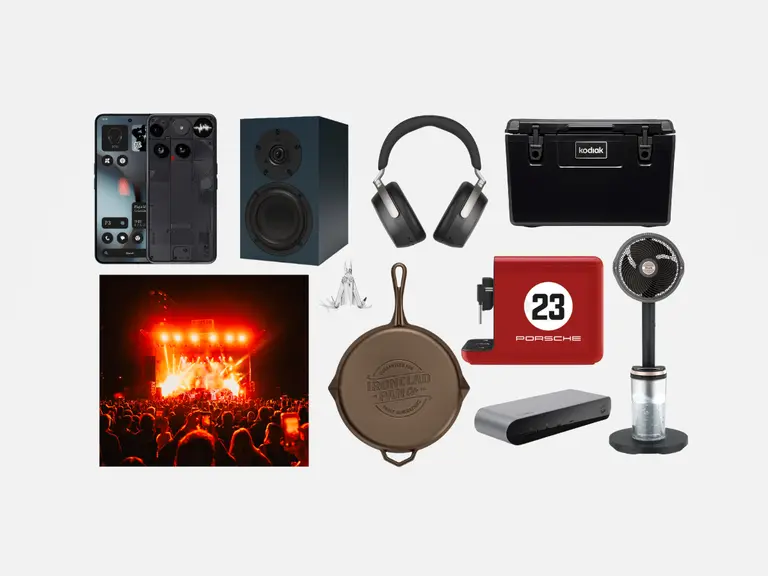






Comments
We love hearing from you. or to leave a comment.